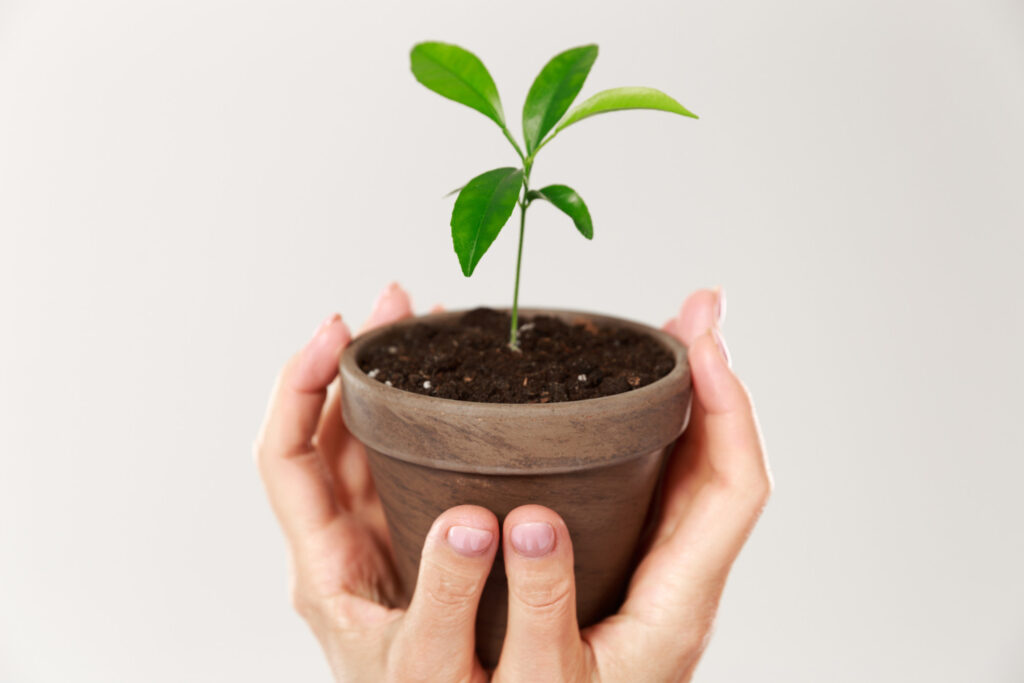Introduction: Embarking on a Seedling Adventure
There’s something truly amazing about the process of starting a plant from just a tiny seed. For a novice gardener, the process of starting seeds is an exciting and rewarding method of connecting to nature as you witness the magic of germination and nurture the seedlings to become thriving plants. In this guide for beginners to the process of starting seeds, we’ll go over the fundamentals of this long-standing gardening method, helping you to begin your seedling venture with confidence and achieve success.

1. Get Your Supplies Together
Before you begin the process of seeding it is essential to have the right supplies. Here’s a checklist of essential items you’ll require:
- The seeds of your choice
- Seed starting pots or tray
- Starter mix for seeds or pot soil
- Spray bottle or watering can
- Markers or labels for identifying seeds
- Lights to grow or a sunny windowsill
- Heat mat to provide bottom warmness to seeds (Optional)
2. Making the Right Choices for Seeds
When choosing the seeds you will need to start your seed-starting adventure be aware of factors like your gardening area as well as the space available and your personal preferences. Select varieties that are suited to your environment and conditions. You should also choose seeds from reliable sources to ensure high quality and longevity.
3. Making Your Containers and Soils Ready
Make your seed-starting containers and fill them up with an extremely high-quality seed mix or pot soil. Make sure to thoroughly moisten the soil before planting to ensure proper seed-to-soil contact and the best germination conditions. Fill each container to approximately a quarter-inch from the top of the container to allow space to water.
4. Sow Your Seeds
The process of planting seeds is an art as well as a science. Follow the directions on the seed packets for the proper spacing and depth of planting and then lightly press seeds onto the soil’s surface. Smaller seeds can be covered lightly with an even layer of soil and larger seeds could require a deeper plant. Soak the seeds slowly to ensure that they don’t get displaced.
5. Insuring the Right Growing Conditions
After being planted seeds are planted, they require the right conditions for growth to grow and flourish. Set your seed trays or pots inside a sunny and bright area, like the sunlit windowsill or in a grow lamp. Maintain a consistent level of moisture by watering when needed and observe seedlings for indications of development and growth.
6. Transplanting Seedlings
As your seedlings mature in size, they will eventually grow out of the containers they started in and need to be moved to larger containers or in the garden. The seedlings will be hardened gradually by exposing them to the elements before transplanting and be sure to handle them with care to avoid damaging the delicate roots.
7. Releasing Your Fruits of Your Labor
With a little patience and attention, Your seedlings will develop into sturdy plants that are ready to decorate your garden or pots. Take pleasure in the care and nurturing of the seedlings from their beginning through to maturity and enjoy the beauty and abundance they provide in your backyard.
Conclusion: A Journey of Growth and Discovery
Seed starting isn’t an ordinary gardening chore It’s a process of discovery, growth, and connection to nature. While embarking on your journey to start your seedlings, be sure to tackle each step with curiosity perseverance, and a sense of excitement. With every tiny seed you plant, you’re planting seedlings of prosperity and encouraging the potential for an abundance of growth and harvest from your gardens.
Happy seeding!
Checkout: Top Free Home Gardening Books